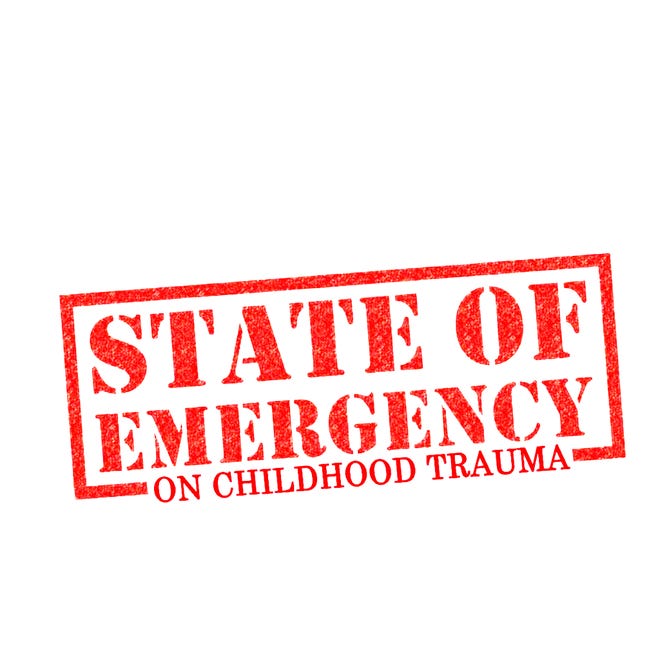Opinion: More costly to fix broken adults than heal wounded children

Childhood trauma such as abuse, neglect, abandonment and other negative experiences seems to be a never-ending cycle. As a society, we keep saying we want to do something about it, but we keep spending billions of dollars on the aftershocks of trauma, instead of millions on things that would stop the after-effects of trauma in their tracks.
Think of childhood trauma like an earthquake. Earthquakes have the potential to cause all kinds of damage. However, sometimes, large aftershocks can cause more damage and loss of life than the original quake itself. The same dynamic exists with childhood trauma.
Unfortunately, it has been discovered recently that the epigenetics of trauma can have generational effects. There have already been studies in humans exposed to traumatic conditions – among them the children of Holocaust survivors – suggest subtle biological and health changes in their children. It is frightening when you think that things that our great-grandparents were exposed to genetically altered us and changed our disease risk and mental health risks. If trauma can trigger such epigenetic changes in people, the alterations could serve as biomarkers to identify individuals at greater risk for mental illness or other health problems – and as targets for interventions that might reverse that legacy.
We have a large number of socioeconomically disadvantaged children who live
everyday for most of their lives in situations that resemble war zones, yet they are
labeled as behavior problems. There have been all kinds of initiatives to make people
aware of the effects of children using tobacco products, but silence on childhood
trauma and the aftershocks. Many adults with a history of untreated childhood trauma
are more likely than the general population to experience physical health problems or
end up in prison. Both are very costly for the taxpayers.
For those who are getting treatment as adults, many are doing so with Medicaid. Medicaid cost our country $613.5 billion in 2019. For those children labeled behavior problems, many end up in prisons. The prison system costs taxpayers $80 billion a year. In one study of the more than 93,000 children currently incarcerated, between 75% and 93% have experienced at least one traumatic experience in childhood.
Childhood trauma exposure was found to be strongly associated with a wide range of behavioral problems and clinical symptoms that affect all of us. My question is why? Why not spend millions of dollars on properly diagnosing and treating childhood trauma victims, instead of spending billions on the aftershocks of untreated childhood trauma? Why does the vice mayor of Cincinnati support the costs of surveillance, and not the cost of getting to the root cause of the violence in our city? Why are proposed
solutions like the House Bill HCR.14 currently being ignored by our local leaders?
As a community and country, wouldn't we rather use those billions of dollars to fund other things? Or is it simply that we didn't listen to our ancestors when they said that it is
less expensive to heal wounded children than it is to try and fix broken adults
Ronald Hummons is an author and mental health activist who lives in Reading. His son, TrePierre Hummons, was shot and killed by police in 2015 after TrePierre killed Cincinnati Police Officer Sonny Kim. Hummons runs a campaign to raise awareness and funds for undiagnosed mental illness in his son's name.
